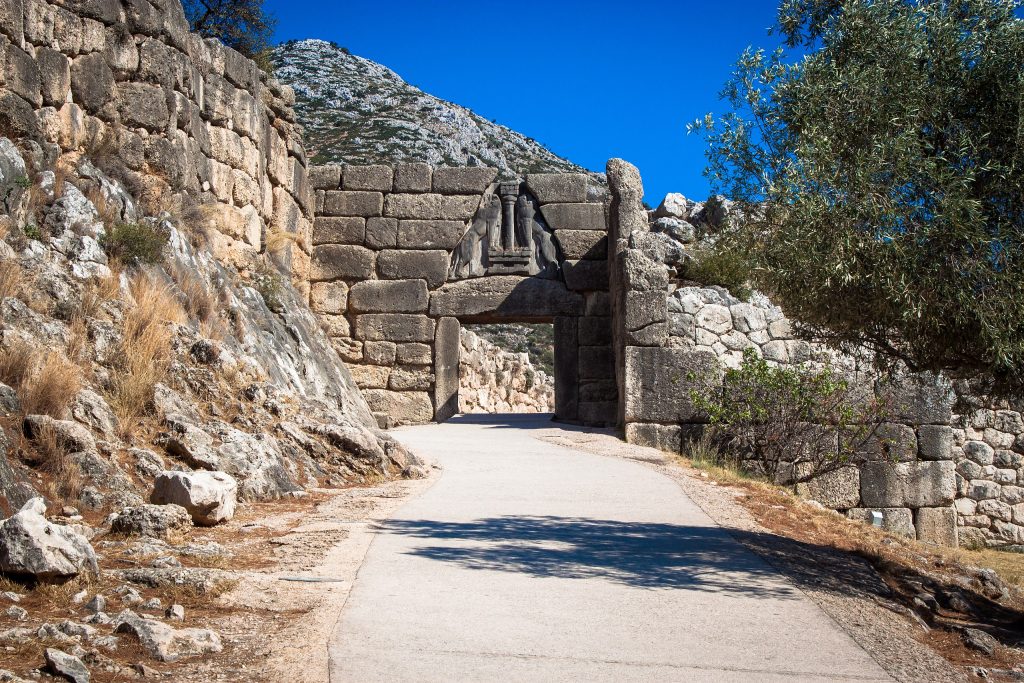This class explores the relationship between the formation and the spread of Mycenaean cultural identity throughout the Aegean region and the development of state level complex socio-political systems. The subjects are treated in their chronological sequence according to four broad sections, including: complex societies in the Aegean before the onset of Mycenaean civilization; the so-called “Shaft Grave” period; the formation and the expansion of the Mycenaean palaces; and the end of the Mycenaean palaces, the post-palatial period, and the transition from the Late Bronze Age to the Early Iron Age. The analysis of these four sections is preceded by a methodological and theoretical introduction on cultural identity and complex forms of socio-political organization. In the third part of the class, special attention is given to the political organization of Mycenaean palatial society in the context of the so-called Ahhiyawa question. Based on the most recent theoretical frameworks used in international scholarship, this section of the course critically focuses on two alternative options. The first suggests the existence of several independent Mycenaean states, each of which largely coincides with one of the currently known Aegean palaces. The other suggests the existence of a single unified Mycenaean state, which would include all currently known palaces in the Aegean.


